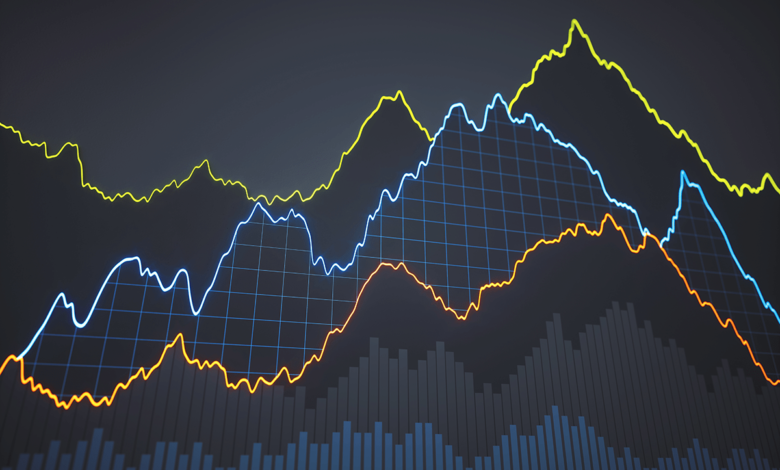Can Tracking Error Boost Index Funds’ After-Tax Returns?

Investors tend to view an index fund’s tracking error in a purely negative light. When a fund fails to track its benchmark especially well, investors’ assumption is that the fund manager is probably bad at their job.
But there could be another story here. Maybe the fund manager is allowing some tracking error as a means of avoiding taxable events. After all, every time a fund manager sells or rebalances a position to track the benchmark index, it constitutes a taxable event that will diminish the fund’s post-tax performance.
So, do index funds with lower tracking error have better or worse post-tax performance?

To investigate this issue, we pulled data on all US-dollar-denominated index mutual funds across six different asset categories: large-cap equities, emerging market equities, fixed-income, small-cap equities, US value, and US growth. We then assigned each fund with a tracking error designation: high, middle, or low. For each category, we calculated both the median return and the median post-tax return over the past five years.
We defined tracking error as the standard deviation of the difference between the returns of the fund and those of the tracked index over an annual time frame.
So, what did we find? Large-cap equity, emerging market, and fixed-income funds with high tracking error exhibited better post-tax performance than their low tracking error counterparts.
Large-Cap Funds
| Tracking Error Category |
Median Five-Year Return |
Median Five-Year Post-Tax Return |
| Low | 9.66% | 4.74% |
| Middle | 10.43% | 7.83% |
| High | 10.44% | 7.88% |
Emerging Market Funds
| Tracking Error Category |
Median Five-Year Return |
Median Five-Year Post-Tax Return |
| Low | 0.36% | 0.08% |
| Middle | -0.53% | -0.70% |
| High | 0.78% | 0.35% |
Fixed-Income Funds
| Tracking Error Category |
Median Five-Year Return |
Median Five-Year Post-Tax Return |
| Low | 0.62% | 0.17% |
| Middle | 0.90% | 0.30% |
| High | 1.12% | 0.66% |
For instance, the low tracking error category of large-cap equity funds had a 4.74% annualized post-tax return over the past five years, while its high tracking error counterpart generated 7.88%.

But this isn’t the full story. In the small-cap, value, and growth fund categories, the results were completely different. For each of these asset classes, low tracking error funds did tend to exhibit better post-tax performance. For instance, high tracking error small-cap funds had a 4.99% median annual return over the past five years, compared with 5.77% for their low tracking error peers.
Small-Cap Funds
| Tracking Error Category |
Median Five-Year Return |
Median Five-Year Post-Tax Return |
| Low | 7.35% | 5.77% |
| Middle | 5.36% | 3.72% |
| High | 6.76% | 4.99% |
US Value Funds
| Tracking Error Category |
Median Five-Year Return |
Median Five-Year Post-Tax Return |
| Low | 8.72% | 6.11% |
| Middle | 7.84% | 5.52% |
| High | 7.25% | 4.34% |
US Growth Funds
| Tracking Error Category |
Median Five-Year Return |
Median Five-Year Post-Tax Return |
| Low | 11.37% | 7.96% |
| Middle | 12.24% | 9.44% |
| High | 10.67% | 6.17% |
So all in all, our examination revealed mixed results. We didn’t find that a fund’s tracking error was a good predictor of post-tax performance. Low tracking error did not seem to be an indicator of index fund quality, although higher tracking error may, in certain situations, help funds avoid taxable events and thereby boost post-tax returns.
If you liked this post, don’t forget to subscribe to the Enterprising Investor.
All posts are the opinion of the author. As such, they should not be construed as investment advice, nor do the opinions expressed necessarily reflect the views of CFA Institute or the author’s employer.
Image credit: ©Getty Images / matejmo
Professional Learning for CFA Institute Members
CFA Institute members are empowered to self-determine and self-report professional learning (PL) credits earned, including content on Enterprising Investor. Members can record credits easily using their online PL tracker.





